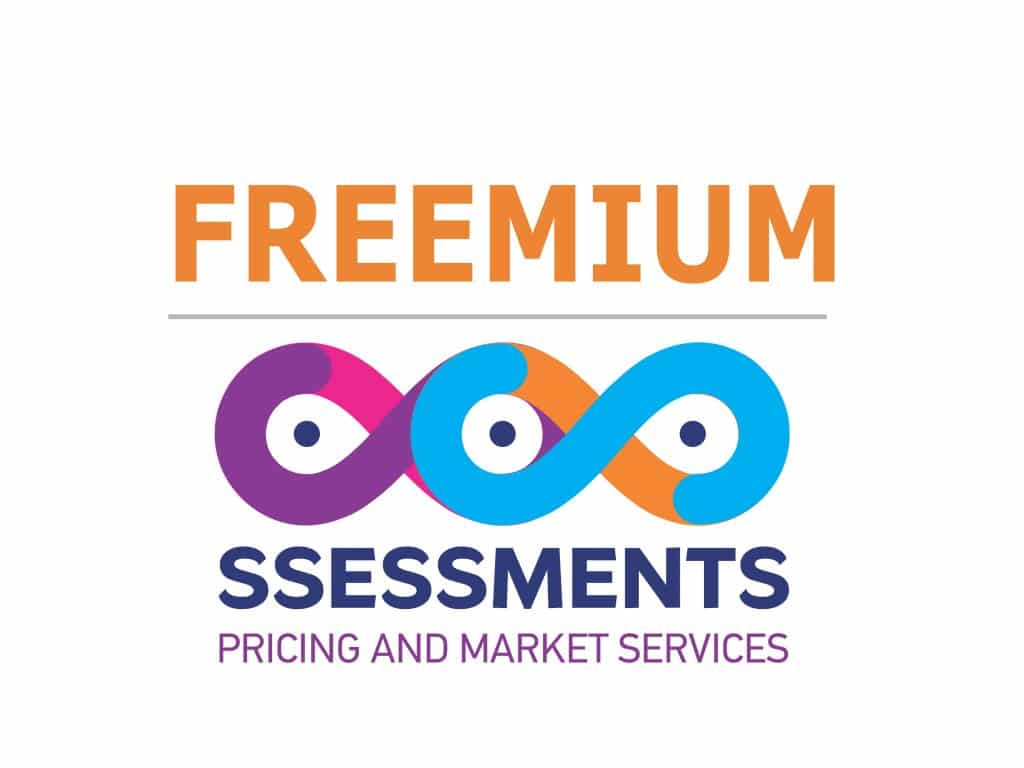The Chinese government recently issued new regulations and policies which pose both challenges and opportunities to the domestic auto industry. The first regulation is the China VI emission standards, which are mostly similar to Euro VI, to reduce tons of pollutants from the air. However, China VI-a the particulate number (PN) limits apply to all gasoline-powered cars, compared to Euro VI, which only applies to vehicles with gasoline direct injection (GDI).
This means that the Chinese version will result in wider adoption of gasoline particulate filters (GPFs), including among hybrid cars. The China VI-a standards will be replaced by the stricter VI-b standards in July 2023. According to Chinese authorities, the newer standards will have tougher requirements than European equivalents.
Beijing also issued mandatory national standards on safety requirements for EVs and their batteries in May. Under the new rules, EV batteries are required to have waterproofing, insulation, and system control that can contain a fire, prevent water ingress, and deal with a puncture or damage to the battery enclosure. It also includes stricter collision safety standards for EV buses.
China is also boosting scientific research and technological innovation in autonomous driving. In May, Vice Transport Minister Liu Xiaoming said China would accelerate pilot demonstrations of autonomous driving in cities like Beijing and Shanghai. China will also conduct road test data and improve infrastructure that will allow a faster development in the sector. Liu noted that China is exchanging information with Germany, Russia, and the Netherland on driverless vehicle technology.
At the start of this year, China’s auto sector was stricken by the COVID-19 pandemic. However, sales data showed the industry is experiencing a recovery. Domestic car sales rose by 6% year-on-year in August, although the year-to-date data indicated that sales were 15% lower compared a year earlier. Sales of new energy vehicles (NEVs) rose 26% year-on-year to 109,000 vehicles in August. However, NEV sales are expected to reach 1.1 million units for the full year, about 11% drop from last year.
Tags: All Products,AlwaysFree,Asia Pacific,China,English,NEA
Published on November 12, 2020 7:25 PM (GMT+8)Last Updated on November 12, 2020 7:25 PM (GMT+8)


